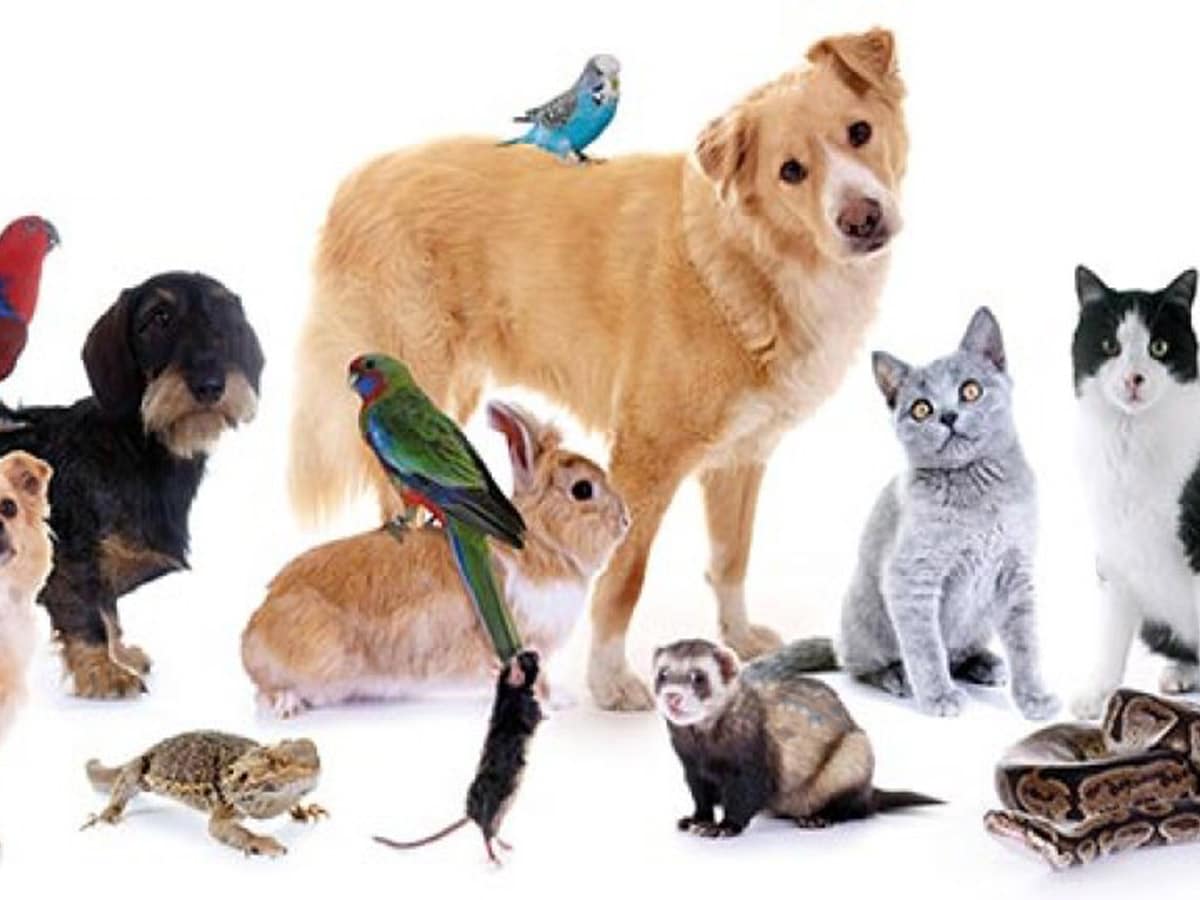Having a pet makes life happier and more social, but not all furry (or scaly) pals require the same level of maintenance. In this investigation, we explore the fascinating query: what is the hardest pet to take care of ?Our list reveals the top 10 most challenging pets, ranging from unusual animals like chimpanzees and enormous squids to more typical yet demanding friends like hamsters and songbirds.
Learn what influences how much care they require and why some animals might not be the best choice for first-time pet owners. Come along as we explore the duties that come with being a “pet parent” for these special and demanding animals as we navigate the subtleties of pet ownership.
Exploring Challenging Pets: What is the hardest pet to take care of?
Starting a pet ownership adventure exposes us to a wide range of companions, each with unique problems. A universe of complexities and responsibilities can be discovered by investigating tough pets, from the mysterious appeal of exotic reptiles to the compelling intelligence of primates.
In this investigation, we explore the distinct requirements of different animals, providing information on their maintenance, habitat requirements, and the elements that make them especially difficult.
Join us as we explore the intricacies of these intriguing and challenging animal partnerships, whether you’re an experienced pet owner looking for new experiences or you’re thinking about getting your first exotic companion. Here, we unveil the top 10 worst pets, exploring the challenges each presents.
You may also explore our guide to pet care in detail.
Chimpanzee:
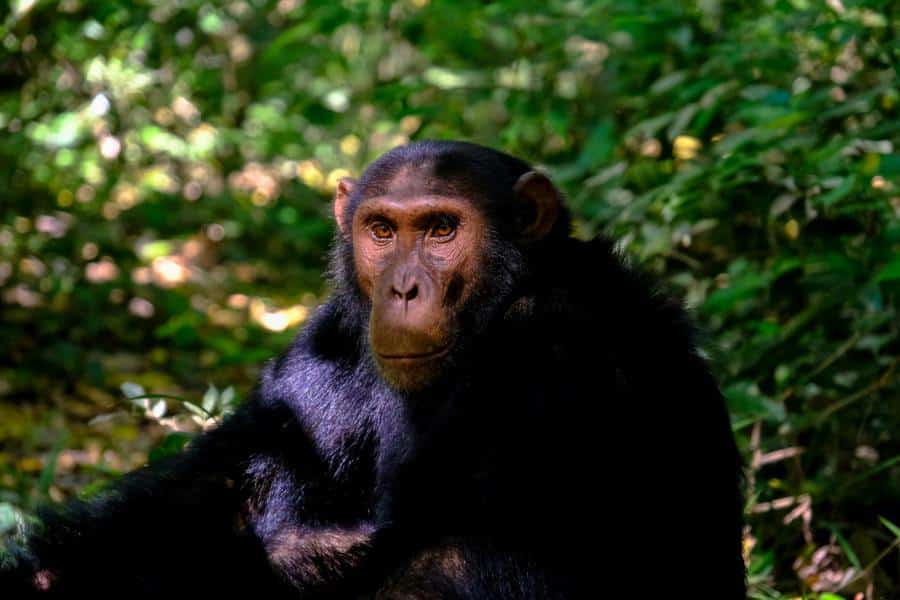
Our closest relatives in the animal kingdom, chimpanzees, make for fascinating pets, but most of their houses are too small to accommodate their extensive social needs. Discover the rationale underlying the increased environmental adaptation of these conscious animals.
Giant Squid:
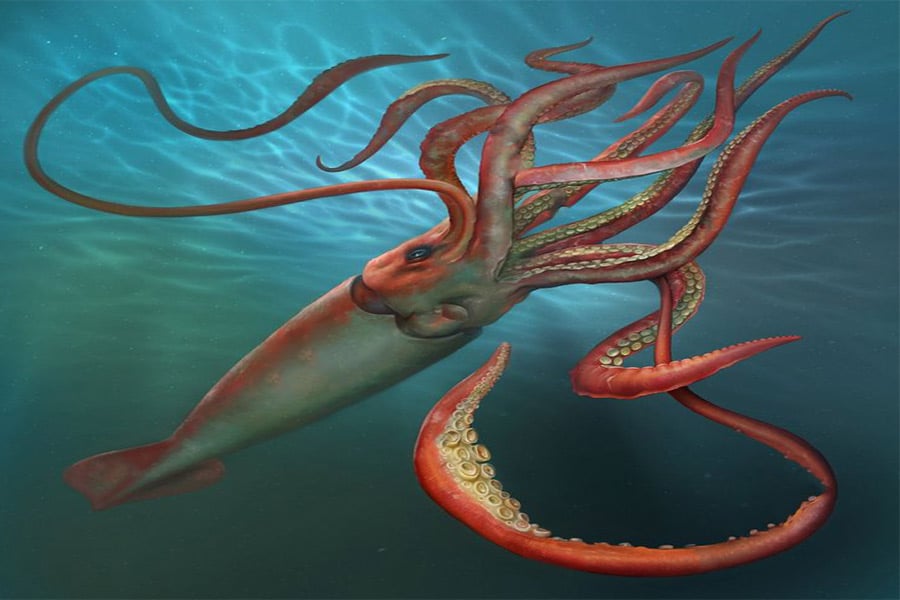
Entering the sea, the enormous squid poses unique challenges. Find out why the peculiar needs of their environment and mysterious nature make this deep-sea resident best enjoyed from a distance.
Komodo Dragon:
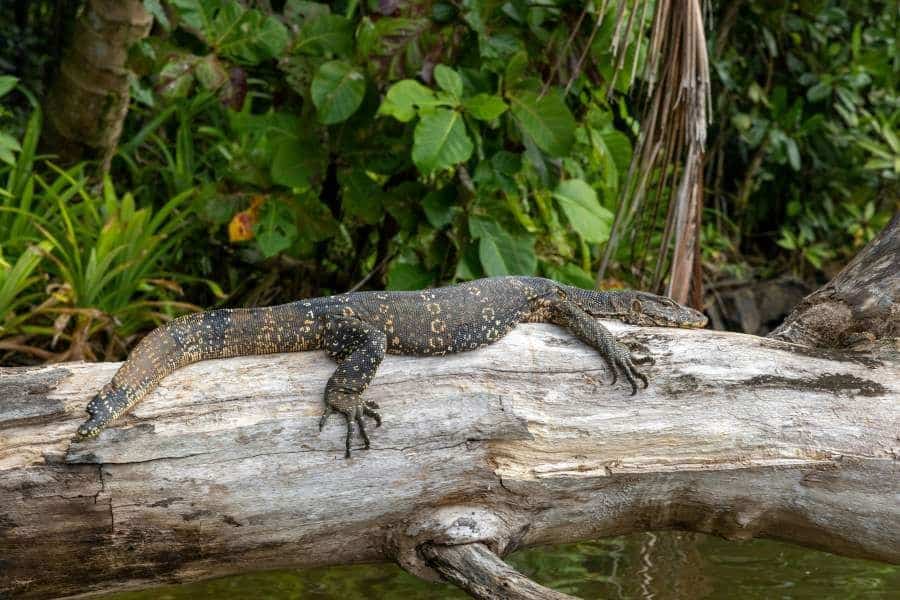
A Komodo dragon isn’t your usual pet, is it? Think about keeping one. These creatures might resemble dinosaurs and possess a very deadly bite. Taking care of them is not an easy chore.
Let’s look at the challenges of providing care for these eye-catching but deadly reptiles and what to take into account when attending to their particular requirements.
Sloth:
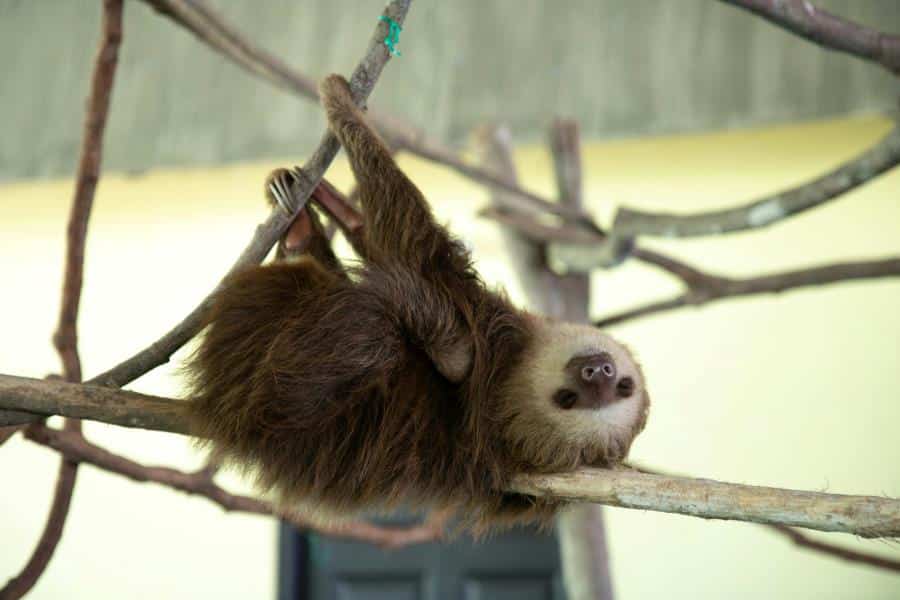
Sloths are easygoing creatures, yet they may be unexpectedly demanding pets. Explore the complexities of providing for the leisurely lifestyle of a sloth and the unexpected difficulties these ostensibly laid-back animals provide.
Pygmy Marmoset:
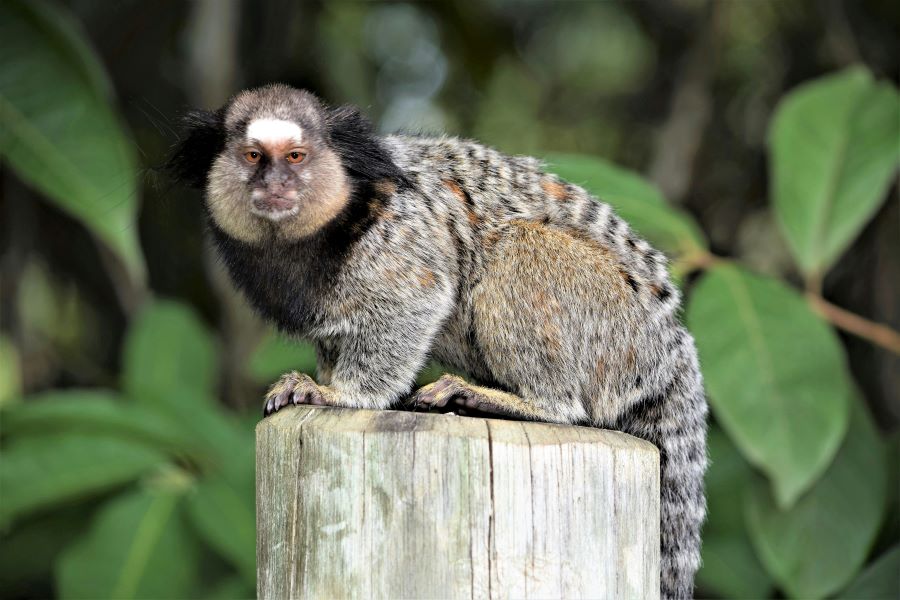
Tiny in size but demanding in care, pygmy marmosets present a unique set of challenges. Explore the complexities of meeting their specific dietary and social requirements and why they might not be the best fit for everyone.
Hyacinth Macaw:
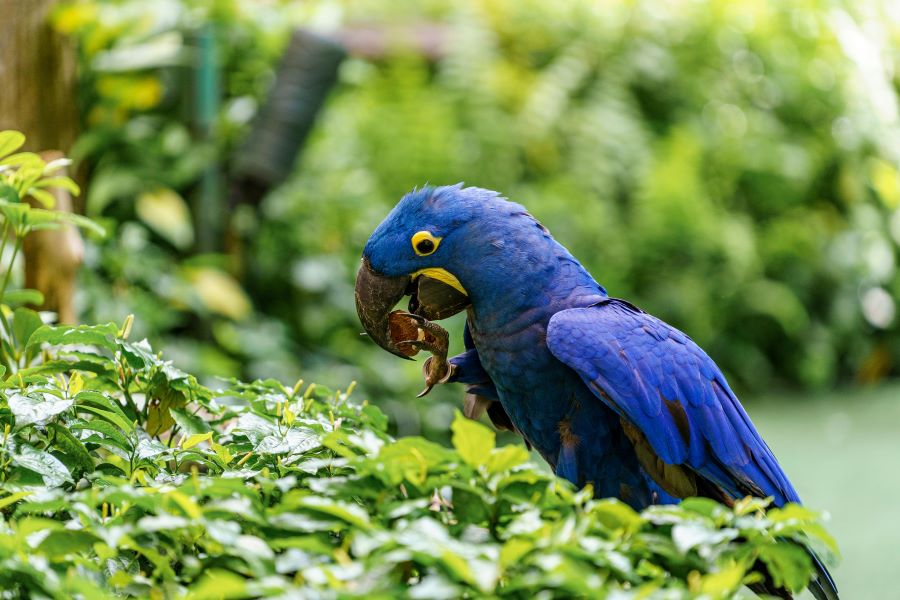
Large and dazzling blue, the Hyacinth Macaw is a lovely parrot that requires special attention. Intelligent and gregarious, it needs a varied diet for hyacinth macaws, space to roam around, and entertainment toys.
They may make some noise. Being a member of an endangered species entails several obligations. Having a Hyacinth Macaw can be fun, but it requires care and attention if you’re up for the challenge.
Axolotl:
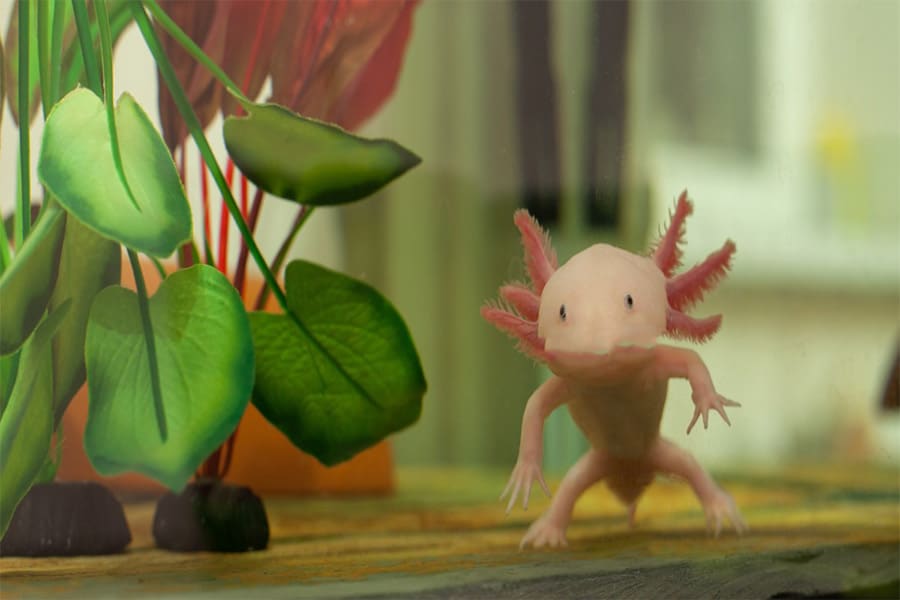
Meet the axolotl, a unique aquatic critter that will become a happy companion in your fish tank. Axolotls, in contrast to other creatures, never grow old and live their entire lives in their aquatic habitat.
These little friends have an amazing trick: if they lose a bodily component, they can regenerate it back! Axolotls are adorable pets with ruffled gills and a cute face that don’t require much care.
If you just keep their water clean, you’ll have an interesting underwater friend that will liven up your house.
Bengal Tiger:
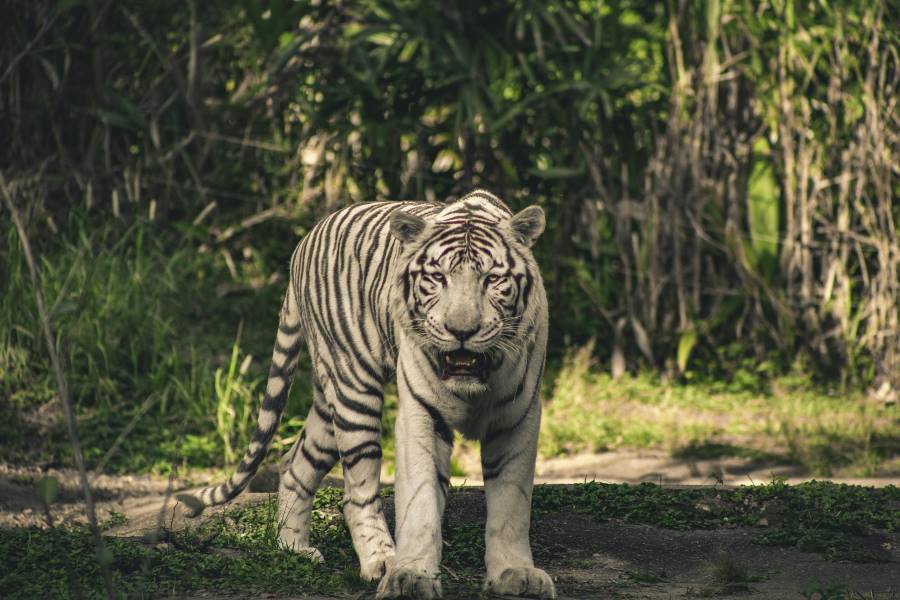
The Bengal tiger is a wild animal that is not suitable for pets. It needs huge space. Trying to keep it at home is not safe for someone’s life. It is very important to support efforts to save them where they actually belong.
Sugar Glider:
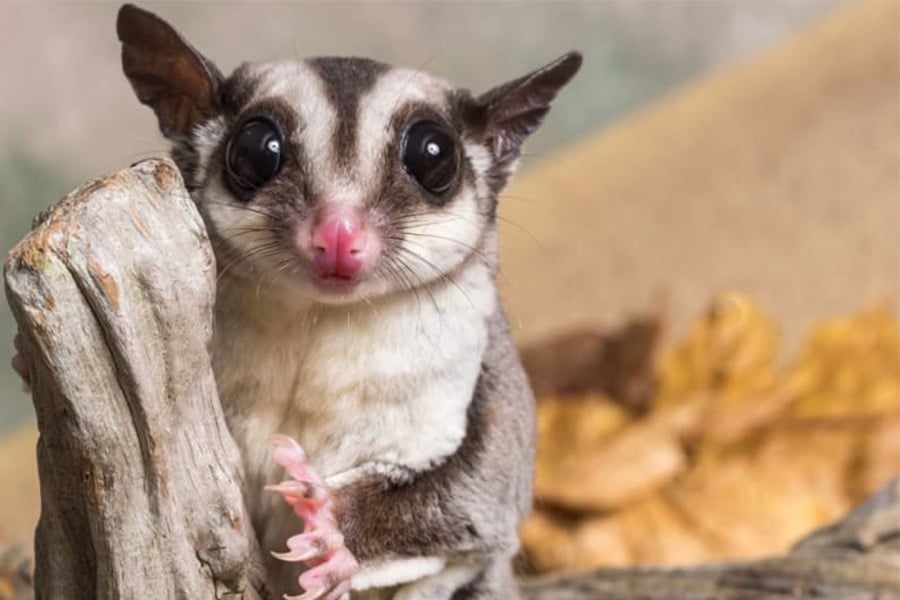
Sugar gliders need a place that resembles nature habitats as well as specialized food. So it is not easy to keep it. If you are ready for the challenges, provide it with special food and an environment to take care of it.
Poison Dart Frog:
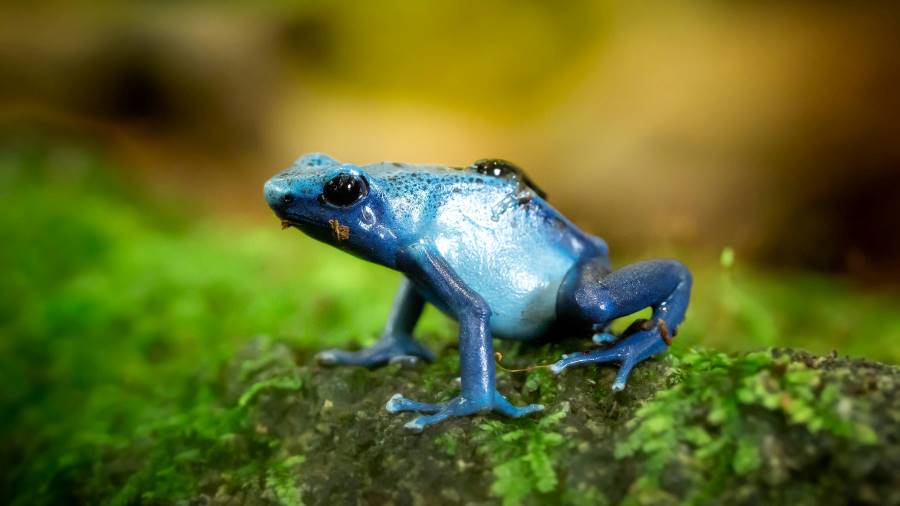
This frog is not suitable for pets because of its toxic potency, which can be harmful to the owner. It may be vibrant in color, but its toxicity does not allow it to be a pet for someone’s safety.
Factors Influencing Pet Difficulty:
Let’s take a closer look and determine what influences the degree of difficulty associated with different prospective owners making well-informed choices.
Factors Influencing Pet Difficulty
| Factors | Details |
|---|---|
| Type of Animal | Consider the species and its natural behaviors. Some animals have more complex needs than others. |
| Specific Needs | Assess the pet’s requirements for diet, habitat, and socialization. Specialized needs can make care more challenging. |
| Owner’s Experience | Your familiarity with pet care matters. Some animals are better suited for experienced owners. |
| Size of the Pet | Larger animals may require more space, resources, and effort in care. |
| Lifespan | Longer lifespans may mean a more extended commitment to caring for the pet. |
| Complexity of Diet | Pets with intricate dietary requirements may demand more attention to nutritional details. |
| Habitat Requirements | Consider the complexity of creating and maintaining an environment that mimics the pet’s natural habitat. |
| Medical Needs | Animals with specific health considerations may require more attention and veterinary care. |
| Time Commitment | Some pets need more time for exercise, play, and social interaction. Assess your availability for these activities. |
Conclusion:
To sum it up, having a pet is like putting together a puzzle. Each pet is different, like pieces of a puzzle. We talked about some really tough pets, like big squids and smart chimps.
Having a pet is awesome, but it means you have a big job to do. Whether your pet is common or super unusual, you need to understand what they need.
Remember, taking care of your pet is important, and having a pet can also make you happy. So, enjoy having a pet, and try your best to be a great pet parent as you learn about the pet world.
